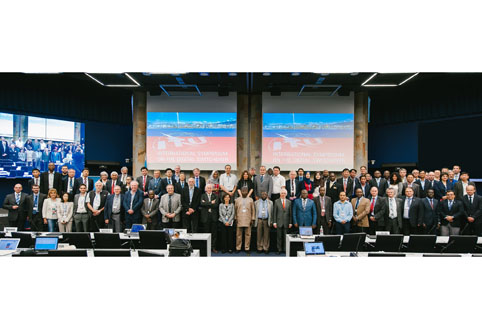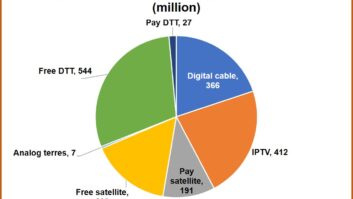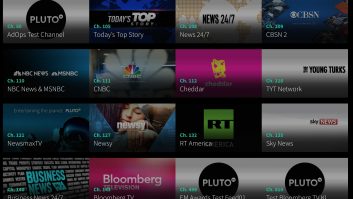
The deadline for the switchover from analogue to Digital Terrestrial Television (DTT), set at 00:01 UTC on 17 June 2015, signals the development of ‘all-digital’ terrestrial broadcast services for sound and TV for 119 countries belonging to the ITU Region-1 (Europe, Africa, the Middle East and Central Asia) and the Islamic Republic of Iran.
The 17 June deadline for switching off analogue television broadcasting in the UHF band was set by ITU Member States at the Regional Radiocommunication Conference in 2006, known as the GE06 Regional Agreement. Several countries that are party to the GE06 Agreement, as well as many who are not, have already made the transition.
DTT switchover is still ongoing in some European countries including Algeria, Belarus, Romania and the Russian Federation, according to ITU. Countries yet to start the digital switchover include Armenia, Egypt, South Africa and Turkey.
The new digital GE06 Plan provides not only new possibilities for structured development of digital terrestrial broadcasting but also sufficient flexibilities for adaptation to the changing telecommunication environment.
“Today, 17 June, marks a historic landmark in the transition from analogue to digital television broadcasting,” said ITU secretary-general Houlin Zhao. “The process, which began in June 2006, has re-envisioned the way the world watches and interacts with TV and opened the way for new innovations and developments in the broadcast industry.”
Digital TV broadcasting offers many advantages over analogue systems for end-users, operators and regulators. Apart from increasing the number of programmes, digital systems can provide new innovative services, such as interactive TV, electronic programme guides and mobile TV as well as transmit image and sound in high-definition (HDTV) and ultra-high definition (UHDTV).
Digital TV requires less energy to ensure the same coverage as for analogue while decreasing overall costs of transmission. The more efficient use of radio spectrum brought on by digital TV also allows for the so-called digital dividend resulting from the freeing up of much-needed spectrum for use by other services, such as mobile broadband.
New technologies related to digital broadcasting, including UHDTV, hybrid HbbTV, extended image dynamic range, higher frame rates, and immersive audio, will be demonstrated by leading developers and experts from ATDI, BBC, EBU, Dolby, Fraunhofer, LS telecom, NHK, and others.
Photo: © ITU / D. Woldu
A milestone for Digital Terrestrial Television at ITU headquarters in Geneva







